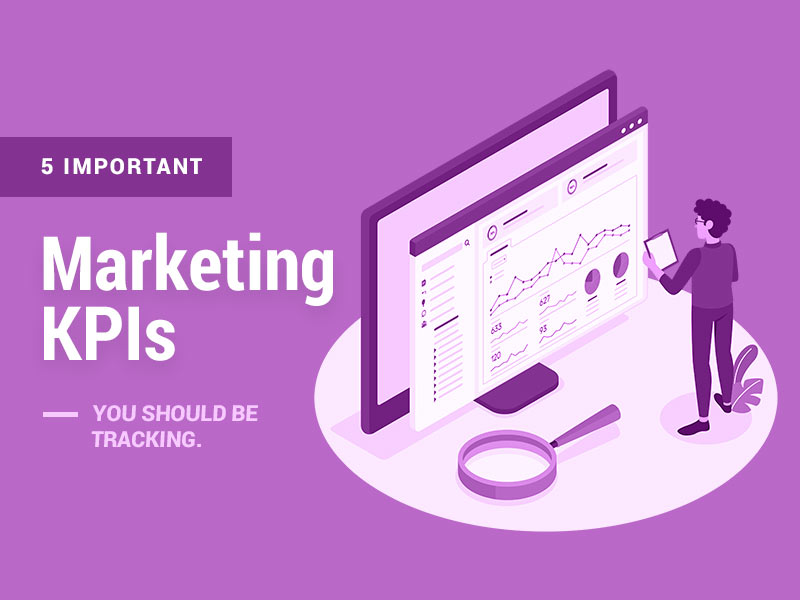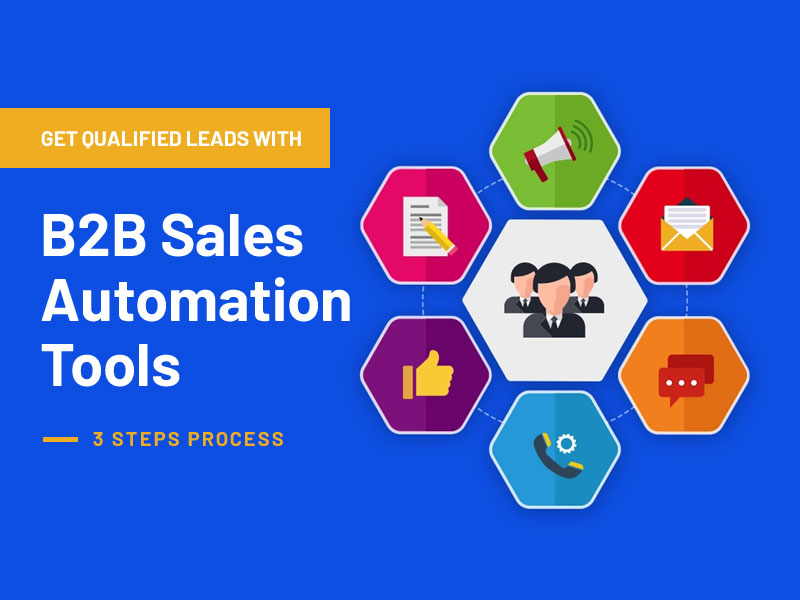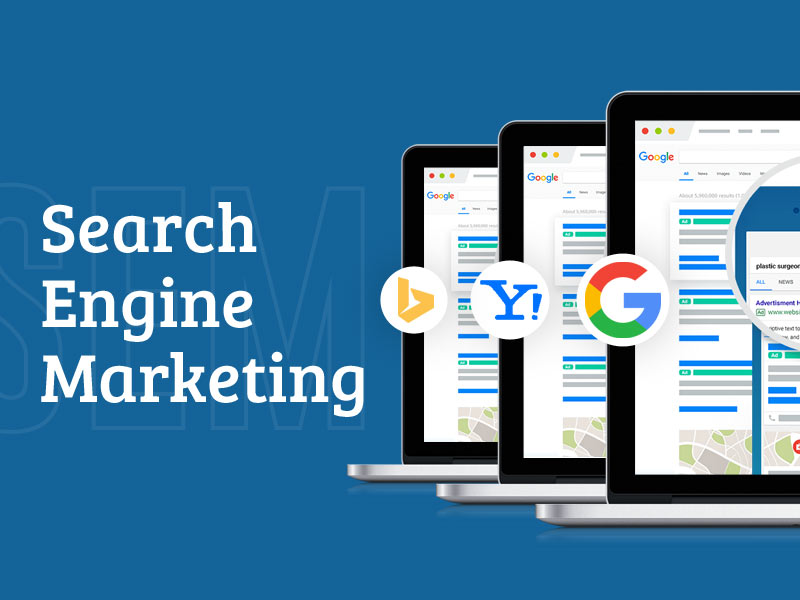The world of marketing is constantly changing, and it can be difficult to keep up with the latest trends and best practices. Gone are the days when a company could simply rely on print ads and television commercials to reach its target audience. In today’s digital age, companies must be more strategic in their marketing efforts to remain competitive.
One way to stay on top of your company’s marketing performance is to track key performance indicators (KPIs). By monitoring the right KPIs, you can get a pulse on how your marketing campaigns are performing and make necessary adjustments to keep your campaigns on track.
So, what are the best marketing KPIs to tracking? Here are five marketing KPIs that you should be tracking:
1. Engagement Rate
Engagement rate measures how engaging your content is with your audience. It’s calculated by dividing the number of engagements (likes, shares, comments, etc.) by the number of impressions (the number of times your content is seen).
Hot to Calculate Engagement Rate?
For instance, let’s say your Facebook post reaches 1,000 people and receives 20 likes, 5 shares, and 10 comments. Your engagement rate would be 2.5%.
Why is Engagement Rate Important?
Engagement rate is a good metric to track because it gives you insights into how your audience responds to your content. If you see a decline in engagement rate, it could indicate that your content is becoming less interesting to your audience.
2. Conversion Rate
Conversion rate is the percentage of people who take the desired action on your website or landing page. For instance, if you have a landing page that sells a product, your conversion rate would be the percentage of people who add the product to their cart and complete the purchase.
How to Calculate Conversion Rate?
The conversion rate is calculated by taking the number of conversions (sales) and dividing it by the number of visitors to your website or landing page.
Why is Conversion Rate Important?
Conversion rate is important because it tells you how effective your marketing campaigns are at achieving their desired goal. According to Alex Alexakis, founder of Pixel Chefs, when tracking conversion rate, it’s important to track both micro and macro conversions. Micro conversions are small actions people take on your website that doesn’t necessarily lead to a purchase, such as subscribing to your email list or downloading a white paper.
These micro-conversions are important because they can be indicative of future purchases. On the other hand, macro conversions are actions that directly lead to a purchase, such as completing a purchase on your eCommerce site.
3. Customer Lifetime Value
Customer lifetime value (CLV) is the total amount of money that a customer will spend with your company over the course of their relationship with you. This metric is important to track because it allows you to see how much revenue a single customer can generate for your business.
How to Calculate Customer Lifetime Value?
There are several methods you can use to calculate customer lifetime value. The most common method is to take the average purchase value and multiply it by the average number of purchases a customer makes over their lifetime.
Why is Customer Lifetime Value Important?
CLV is also a good metric to use when making marketing decisions. For instance, if you know that the CLV of a customer is $1,000, you may be willing to spend up to $500 to acquire that customer.
What’s a good customer lifetime value? This will depend on your industry and business model. For instance, the CLV for subscription service will differ from the CLV for a one-time purchase.
4. Cost per Acquisition
Cost per acquisition (CPA) is the amount of money you spend to acquire a new customer. This metric is important because it allows you to see how much it costs you to acquire new customers and compare that to the revenue generated by those customers.
How to Calculate CPA?
CPA is calculated by dividing your total marketing costs by the number of new customers acquired. For instance, if you spend $10,000 on marketing and acquire 100 new customers, your CPA would be $100.
Why is CPA important?
Because it allows you to see how much it costs to acquire a new customer, you can use CPA to make marketing decisions. It can also help you see which marketing channels are the most efficient in terms of customer acquisition. If your CPA is higher than your CLV, you’re losing money on each new customer.
5. Revenue per Email Subscriber
Revenue per email subscriber is a metric that allows you to see how much revenue you generate for each email subscriber. This metric is crucial because it allows you to see if your email marketing efforts are profitable.
How is RPE Calculated?
RPE is calculated by dividing your total revenue by the number of email subscribers. For instance, if you generate $10,000 in revenue from your email list of 10,000 subscribers, your RPE would be $1.
Why is RPE important?
This is one of the most important metrics in email marketing. If your RPE is low, it means that you’re not generating enough revenue from your email list. This could be because you’re not selling products or services or your email list is not of high quality.
Andrew Gaugler, the founder of Is It Rated says “When tracking this metric, it’s important to remember that not all email subscribers are equal. Some subscribers may be more engaged than others, and some may be more likely to make a purchase“.
It’s also important to track other email metrics, such as open rate and click-through rate, to get a complete picture of your email marketing performance.
Final Thoughts
These are five of the most important marketing KPIs that you should be tracking. By tracking these KPIs, you can make better marketing decisions, improve your marketing campaigns, and increase your profits.






